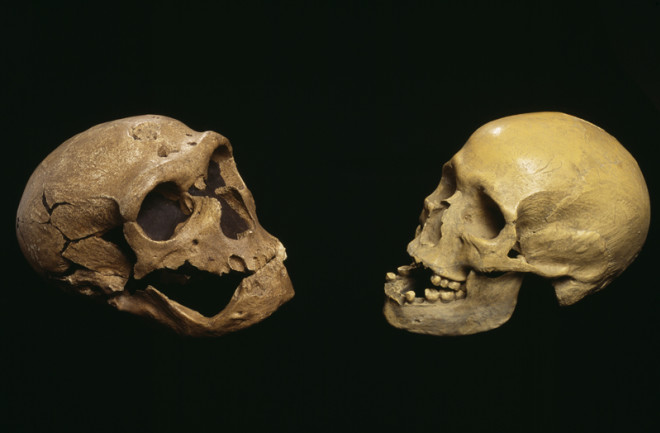In 1856, quarry workers inadvertently shoveled some bones out of a cave and 65 feet down the steep slopes of Neander Valley, Germany. Salvaged by the quarry owner, the fossils would spark the study of human evolution.
The bones were human, but not quite: The limbs were thick, the ribs unusually rounded and the partial skull had a protruding brow and oblong shape. Some early scholars argued it was a malformed individual, or even a Cossack soldier with rickets. But geologist William King named it Homo neanderthalensis, the first scientifically named fossil hominin, albeit one held in low regard. In 1864, in the Quarterly Journal of Science, King speculated the creature’s “thoughts and desires … never soared beyond those of the brute.”

